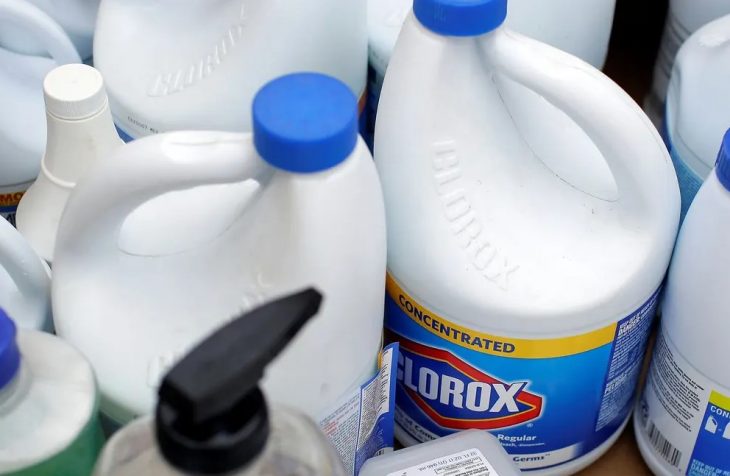Bleach is a powerful chemical used for cleaning and disinfecting, but it can be dangerous if not handled properly and disposed of safely.
In this article, we’ll explain what bleach is, why it’s important to dispose of it properly, how to do so safely, common mistakes when disposing of bleach, tips for proper disposal, alternatives to using bleach, and provide some helpful resources.
What is Bleach?
Contents
Bleach is a chemical compound made up of sodium hypochlorite or calcium hypochlorite.
It’s often used as a household cleaner and disinfectant.
Bleach is very effective at killing germs and bacteria on surfaces, but it can also be dangerous if not handled correctly.
Why Is It Important to Dispose of Bleach Safely?
When bleach is disposed of improperly, it can have serious consequences.
Bleach can contaminate the soil and water supply if it’s poured down the drain or flushed down the toilet.
Additionally, bleach can cause skin irritation if it comes into contact with the skin or eyes.
It’s important to dispose of bleach safely in order to protect yourself and the environment from potential harm.
How To Dispose Of Bleach Safely
- Step 1: Read The Label – Before you begin disposing of your bleach, you should read the label carefully for any special instructions or warnings that may apply to your particular product. This will help ensure that you are disposing of the bleach correctly according to the manufacturer’s guidelines.
- Step 2: Take Precautions – When disposing of bleach, always wear protective gloves and safety goggles in order to protect your skin and eyes from coming into contact with the chemical. Additionally, make sure that any containers being used are clearly labeled so that others will know what they contain in case they come into contact with them later on.
- Step 3: Use Protective Gear – When handling large amounts of bleach, use protective gear such as face masks, rubber boots, and long-sleeved shirts in order to protect yourself from inhaling fumes or coming into contact with the chemical directly on your skin.
- Step 4: Follow Regulations – Different states have different regulations when it comes to disposing of hazardous materials such as bleach, so make sure you are aware of these regulations before you begin the disposal process in order to avoid any fines or penalties for improper disposal methods.
Common Mistakes When Disposing Of Bleach
The most common mistake when disposing of bleach is pouring it down the drain or flushing it down the toilet, which can contaminate groundwater supplies and cause harm to plants and animals in nearby ecosystems.
Additionally, many people forget about wearing protective gear when handling large amounts, which can lead to skin irritation or even more serious health issues if inhaled directly through fumes or ingested accidentally due to improper labeling methods on containers being used for storage or disposal purposes.
Tips For Proper Disposal Of Bleach
- Always read labels carefully before beginning the disposal process.
- Wear protective gear such as gloves and safety goggles when handling large amounts of bleach.
- Make sure containers are labeled clearly so others know what they contain.
- Follow local regulations regarding hazardous material disposal methods.
Alternatives To Using Bleach
There are several alternatives available for those who wish to avoid using harsh chemicals such as bleach, including natural cleaning products such as baking soda, vinegar, lemon juice, etc., non-toxic cleaners like castile soap, or essential oil based cleaners, which are much safer for both humans and the environment alike.
Conclusion
It is important to dispose of bleach safely in order to protect yourself from potential health risks as well as prevent contamination of nearby ecosystems by following the proper disposal methods outlined above and taking necessary precautions when handling large amounts, such as wearing protective gear and labeling containers correctly, etc.
Additionally, there are several alternatives available that provide an effective yet safe cleaning option without resorting to harsh chemicals like bleach.





